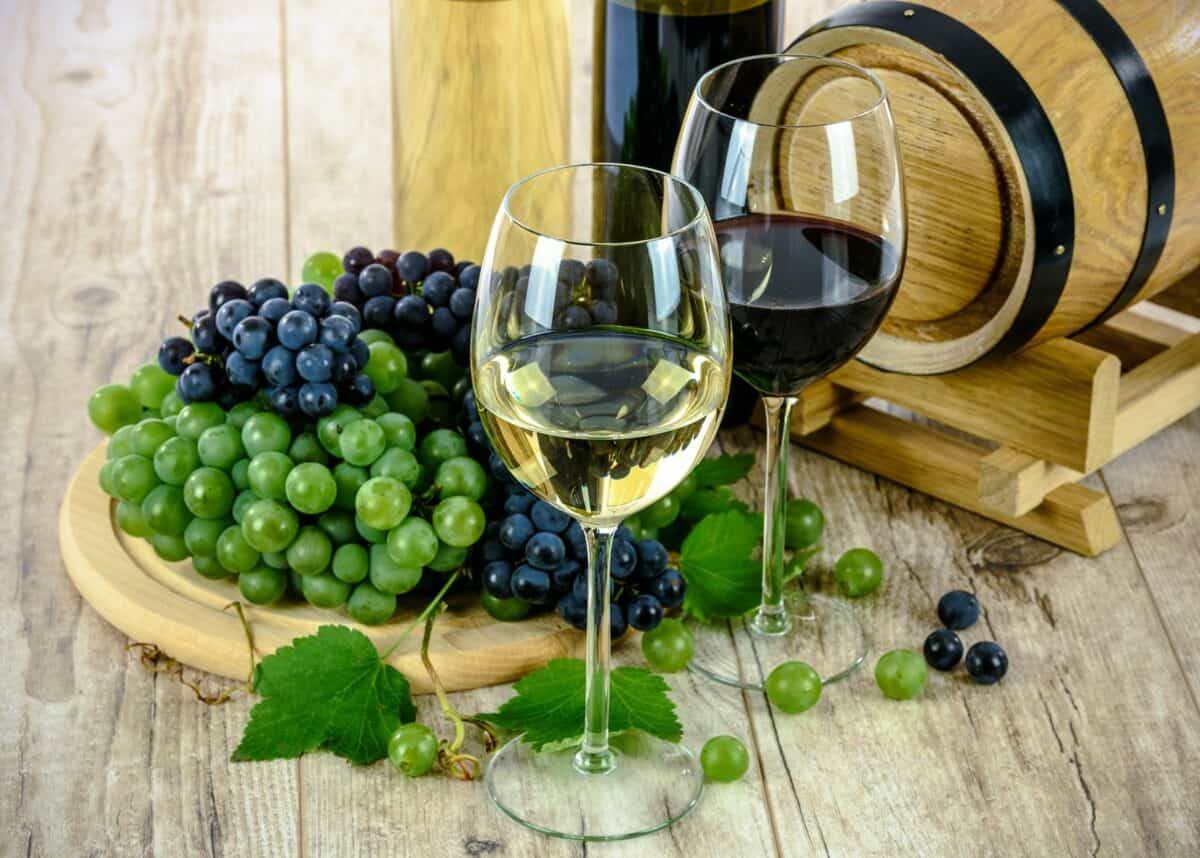With the trade war with China continuing to hit the Australian wine industry, the country’s winemakers are reaching new customers by embracing innovative approaches to marketing and distribution – including virtual wine tastings, partnering with celebrity spokespeople, and working with sommelier groups in overseas markets.
According to official figures and information from local wine industry bodies, wine sales to non-traditional markets increased in the March quarter and more countries who have not traditionally been big buyers of Australian wines are being targeted.
Sales to the Netherlands were up 63 percent to $20-million in the March quarter, for example, while sales to South Korea rose by 133.6 percent to $13.6 million.
Aussie winemakers are diversifying their customer base
“Australia’s world-leading winemakers are adapting to challenging trading conditions and it’s positive that our winemakers are diversifying their customer base,” remarked Federal trade minister Dan Tehan.
He added that, in a further boost for the struggling sector, tariffs on Australian wine exports into the United Kingdom will be eliminated immediately under the new Free Trade Agreement, making Aussie wines more attractive to British consumers.
There are more than 2,300 wine producers in Australia and the sector supports more than 163,000 jobs across grape growing, wine manufacturing and wine tourism.
Australian wine exports were worth $2.9-billion in 2020. However, since becoming embroiled in the Australia-China trade spat, exports to China have plunged by more than 90 percent.
Russia and Vietnam are also seen as having potential
According to industry website, Wine Business International, Wine Australia has identified two countries with high potential: Russia and Vietnam.
Russia, with its approximately 144-million inhabitants, consumes around 120.7-million cases of wine annually. The per capita consumption is 9.8 litres and has almost doubled in the last five years.
Russia is now the tenth most attractive wine market, on par with Canada. Import volumes grew by an average of 13 percent in 2015 to 2019, and value by seven percent. Well-off millennials living in the country’s big cities are mainly responsible for these developments, the Global Compass Report by Wine Intelligence said.
So far, Australian wine accounts for less than one percent of the import volume in Russia. The main suppliers are Spain, Italy and Georgia.
Tasmania making inroads into the Taiwanese market
Vietnam, on the other hand, drinks a total of only 1.67-million cases of wine per year, or 0.2 litres per capita. However, the country is described as an emerging market in the Wine Intelligence Report and the economy is expected to show positive economic growth this year.
Moorilla Winery in Tasmania is among those seeking new international markets, and recently participated in a virtual wine tasting event organised by Austrade’s office in Taipei, Taiwan.
Moorilla’s Chief Winemaker, Conor Van Der Reest, said the winery sent its first shipment to Taiwan in February, with another shipment in the order stage and another party seeking samples.
“The Taiwan event has been very good for us. We have sent our first order, another one is in the order stage and another party seeking samples,” Van Der Reest said.








 Explore top-rated compensation lawyers in Brisbane! Offering expert legal help for your claim. Your victory is our priority!
Explore top-rated compensation lawyers in Brisbane! Offering expert legal help for your claim. Your victory is our priority! 

 "
"


